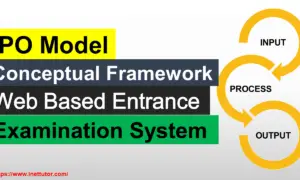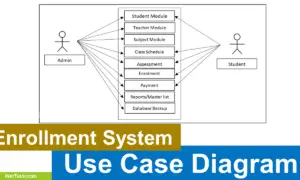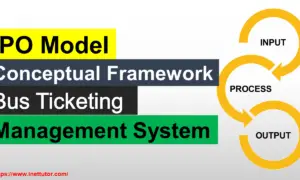Accounting Management System Conceptual Framework
This blog post will walk you through the process of developing a conceptual framework for your capstone project, Accounting Management System. For the conceptual framework of this inquiry, the input, process, output (IPO) model was adopted.
About the Project
Table of Contents
The capstone project “Accounting Management System” will streamline the process of tracking and keeping financial records of a company. The said project will manage the records of expenses, invoices and other financial transactions of the company.
The researchers of the study proposed an automated accounting management system in order to resolve the aforementioned issues encountered in the manual method. The proposed system will allow electronic accounting management where records of financial transactions will be processed electronically. The said project will keep the financial records and transactions accurate, reliable, safe and secure. The proposed system will eliminate the paper works and other difficulties encountered in the manual process. The system will fully aid the process of financial transactions and record keeping in the company.
Objectives of the Study
The objective of the research study on Accounting Management System is to develop an efficient and effective software application that can automate and simplify the accounting processes of businesses or organizations, ensuring accurate financial reporting and analysis, and providing timely and relevant financial information to decision-makers.
Specific Objectives:
- To design a system that will automate the process of accounting management.
- To develop a system that will keep track of all the financial transactions of a company or organizations.
- To develop a system that is easy to operate and should be completed within a short period of time and must fit with the budget of the end-user.
- The accounting management system will serve as a repository of different financial records.
- The system will assist companies in managing financial transactions.
- The proposed accounting management system is easy, safe, reliable and convenient to use.
What is a Conceptual Framework?
A conceptual framework is a set of interrelated concepts or ideas that guide and inform the development of a research study or capstone project. Its purpose is to provide a clear and logical structure for organizing and analyzing data, as well as to establish the theoretical foundation for the project. In the context of an Accounting Management System, a conceptual framework can help to identify key concepts and relationships between them, such as financial transactions, accounts payable and receivable, and inventory management. By establishing a conceptual framework, the project team can ensure that their work is based on sound principles and is structured in a way that supports the project’s objectives.
Conceptual Framework Diagram
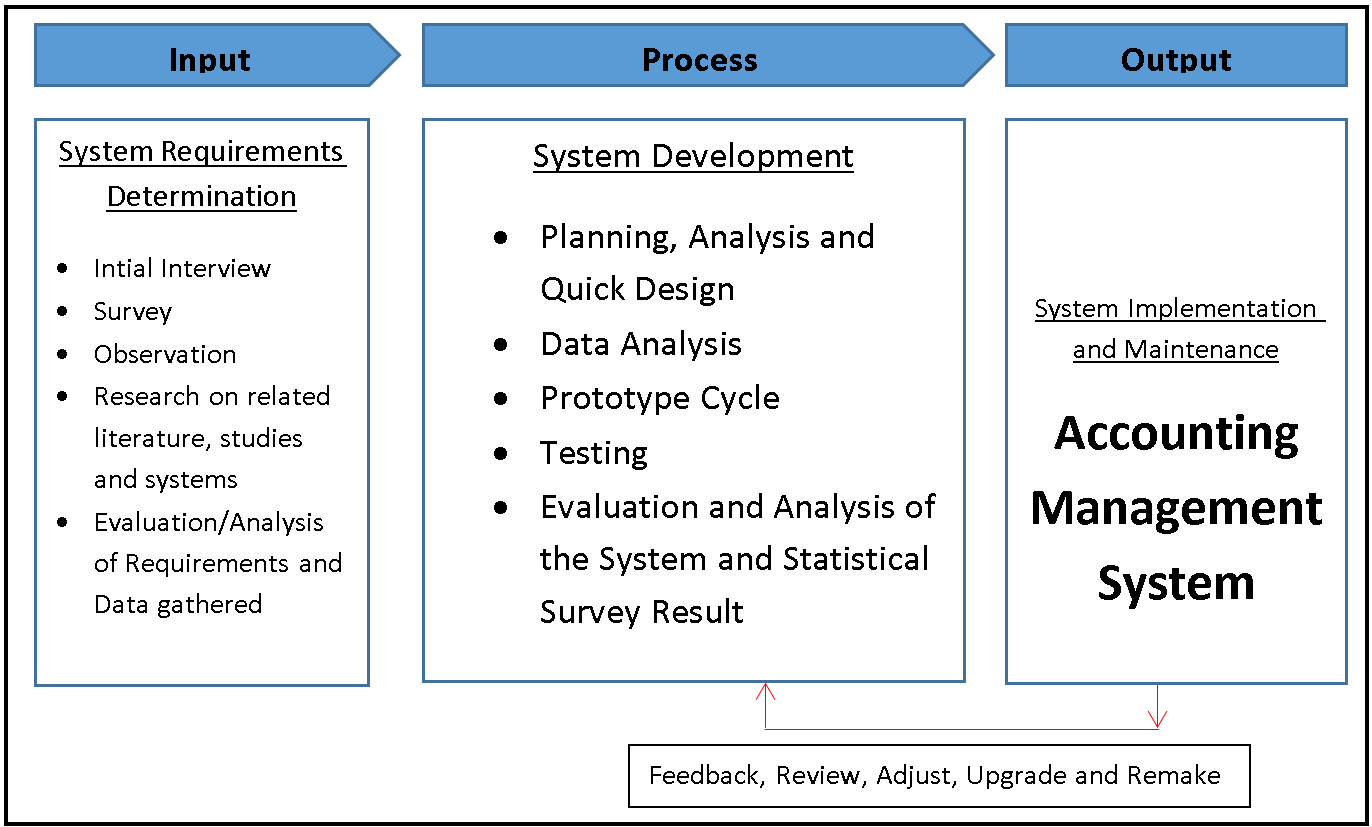
The image shown above is the Conceptual Framework Diagram of the Accounting Management System. The Conceptual Framework of the capstone project Accounting Management System is designed using the IPO Model.
Input
The project will begin with an evaluation of the current procedure, followed by research, survey, and observation. The researchers must also gather relevant articles and systems to serve as a guide for the project’s progress. Following the completion of this process, the researchers will review and analyze the requirements and data acquired.
The input phase of a conceptual framework in a project involves several components that contribute to the success of the project.
- The initial interview is a vital component in the input phase of a conceptual framework. It is the process of gathering information from stakeholders or users of the Accounting Management System. This helps in identifying the requirements and expectations of the users and helps in designing a system that meets their needs.
- Survey is another essential component of the input phase in the conceptual framework. It is the process of gathering data from a sample population to understand their perspective on the system. This helps in understanding the user’s satisfaction level and their opinion on the system’s functionality, design, and usability.
- Observation is the process of monitoring and analyzing the current accounting management system to identify its strengths and weaknesses. This helps in determining the key areas that need improvement and development. The observation process involves collecting data on how the current system operates and how the users interact with it.
- Research on related literature, studies, and systems involves gathering data and information from different sources such as books, journals, and the internet. This component helps in identifying and learning from similar projects that have been done before, best practices and strategies used, and the challenges they faced.
- Lastly, evaluation and analysis of requirements and data gathered is essential in the input phase. It involves analyzing the information collected from the initial interview, survey, observation, and research on related literature, studies, and systems. This helps in identifying and prioritizing the system requirements and developing a plan of action to address the identified issues.
Process
Analysis and Quick Design
During Analysis and Quick Design, the researchers did a personal interview with the respondents and the chosen client where the study was conducted. The respondents were given the chance to suggest how the system will be designed. After conducting the data gathering, the researchers made an initial design for the proposed system.
Data Analysis
The researchers will analyze all the data, user requirements and information. This phase also help the researchers to have an idea on how to create the system and have an idea on how the proposed system would be beneficial to the clients.
System Design
The researchers will start to develop the proposed system. It includes the design; how the system would look like based on user requirements, and the researchers/programmer would like to add personal design to make the system more interactive and user friendly.
Prototype Cycle
This stage will consist of the researchers’ data being compiled, built, demonstrated, and refined. The researchers create a prototype first, based on the planned design and data tables. The prototype will be shown to the client after it has been built. The researchers demonstrate the system’s operation, the flow of how it operates, and the functions of the system’s features. The next stage is refining, in which the researchers will fine-tune the system based on the client’s extra requirements. Changes to the features flow and functionalities will be made based on the needs.
Testing and Evaluation
This will include the feed backing of the proposed system after it will be implemented and had undergone testing by three Experts. It will also inform the researchers and the developer if there are any bugs, suggestion and if the system’s functionality will work well.
This will discuss the implementation of the propose system wherein Three (3) Experts will evaluate the propose system. This will also discuss if the recommended functions and suggestion are met.
Output
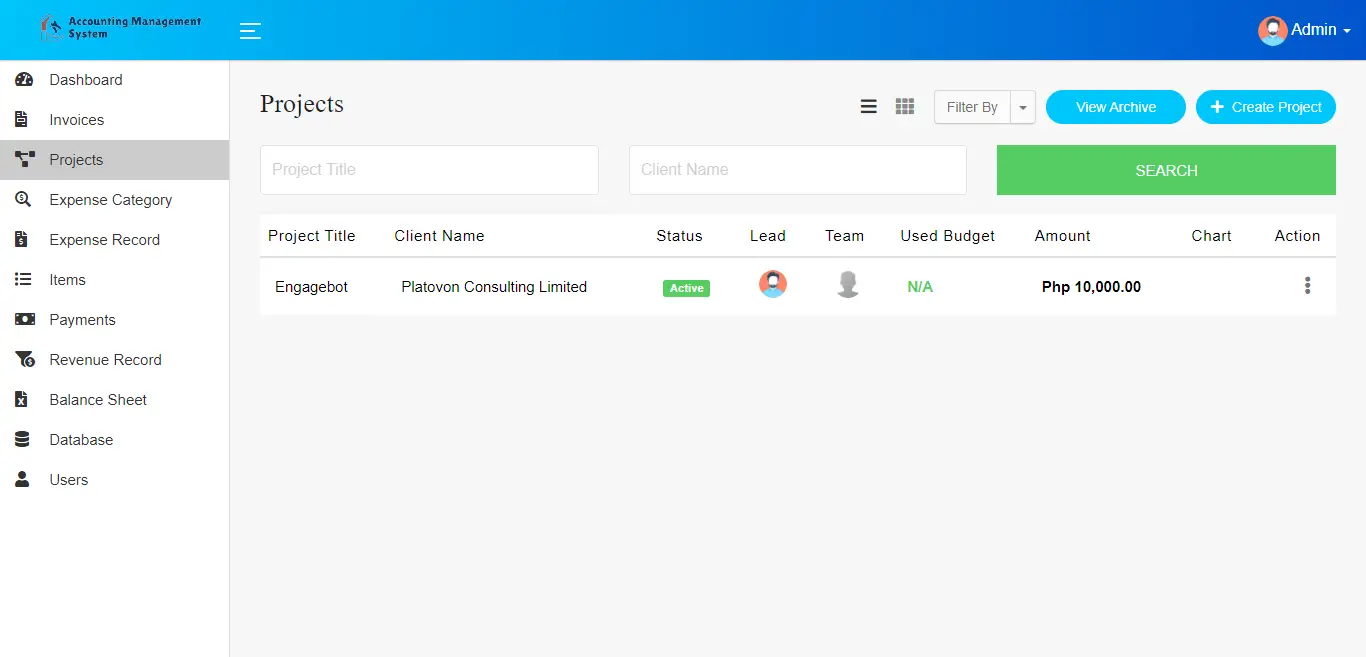
The output phase of the Accounting Management System project involves the actual implementation of the system. This phase includes the installation of the system on the live environment, which means that the system will now be accessible to its users. Before the system is fully operational, testing is conducted to ensure that all features are functioning as expected. Once the system is deemed stable and reliable, the system can then be released for actual use.
During this phase, the project team will also develop a plan for system maintenance and upgrades. This plan will ensure that the system remains up-to-date and that any necessary updates or upgrades can be performed efficiently and with minimal disruption to the system’s users. It is important to note that system maintenance and updates are ongoing processes that must be carried out throughout the system’s lifecycle to ensure that it remains current and effective.
System documentation is also produced during this phase to ensure that the system can be effectively managed and maintained. This documentation includes information on how the system operates, how it is configured, and how it can be modified or updated. System documentation is a critical part of the system’s lifecycle, as it ensures that the system can be effectively managed and maintained by both the development team and the system’s users. Overall, the output phase of the Accounting Management System project ensures that the system is fully implemented and functional, and that it can be effectively managed and maintained over time.
Summary
This research study focuses on the Accounting Management System conceptual framework diagram. The input, process, and output (IPO) model serves as the investigation’s conceptual framework. Research, Survey, Observation, Research on related literature, studies, and systems, and Evaluation/Analysis of Requirements and Data Collected are all part of the input phase. When the input stage is complete, the researchers will proceed to the process stage. The Software Development Life Cycle (SDLC) method is used (SDLC). Planning, Analysis and Quick Design, Data Analysis, Prototype Cycle, Testing and Evaluation, and System and Statistical Survey Result are all part of the SDLC technique. The output phase is the final stage before the produced system is implemented and used.
Readers are also interested in:
Integrated Accounting System Using CodeIgniter
Accounting Management System in Laravel
85 Best Management System Project Ideas
You may visit our Facebook page for more information, inquiries, and comments. Please subscribe also to our YouTube Channel to receive free capstone projects resources and computer programming tutorials.
Hire our team to do the project.
